Population Movements And Genetics IELTS Reading Answers
6 min read
Updated On
-
Copy link
Table of Contents

Limited-Time Offer : Access a FREE 10-Day IELTS Study Plan!
The Academic passage ‘Population Movements And Genetics’ is a reading passage that appeared in an IELTS Test.
It contains some of the IELTS reading question types. If you are interested in familiarising yourself with all the question types, don’t hesitate to take an IELTS reading practice test.
Population Movements And Genetics
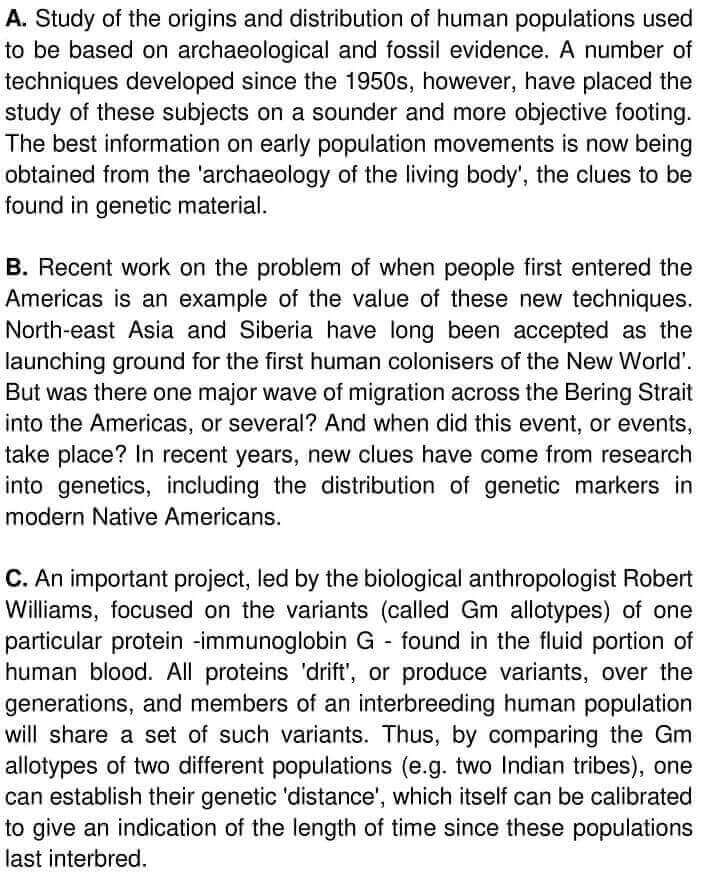
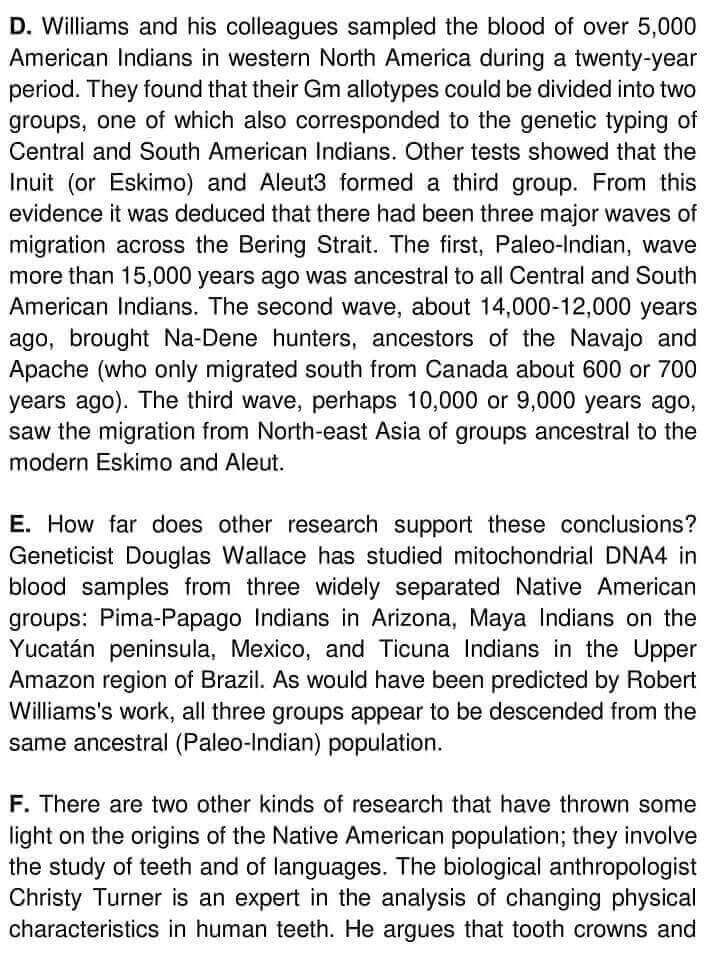

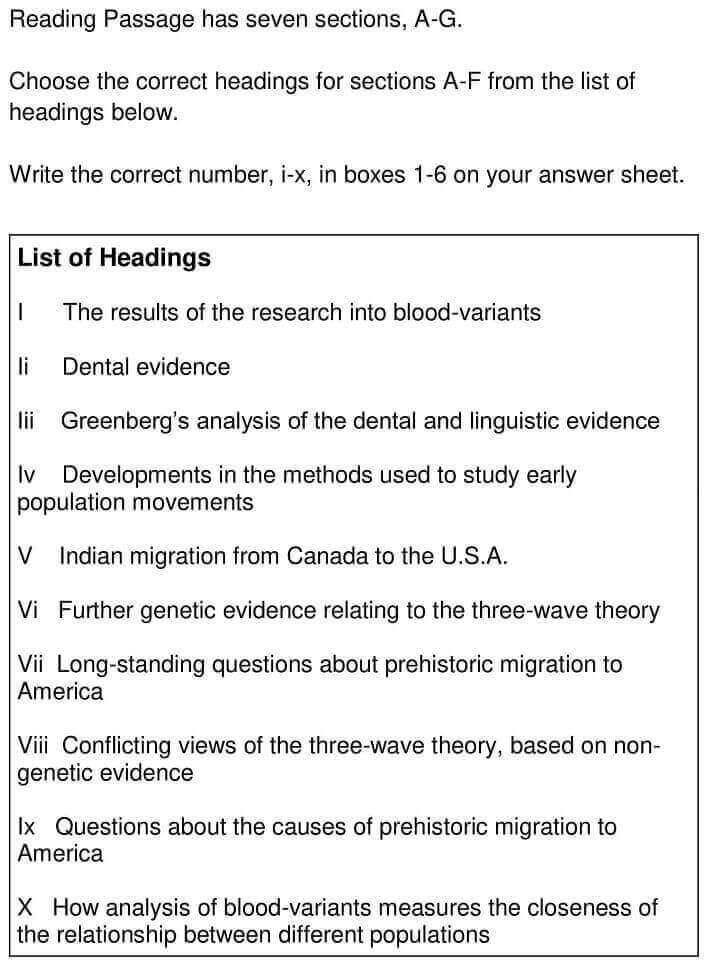
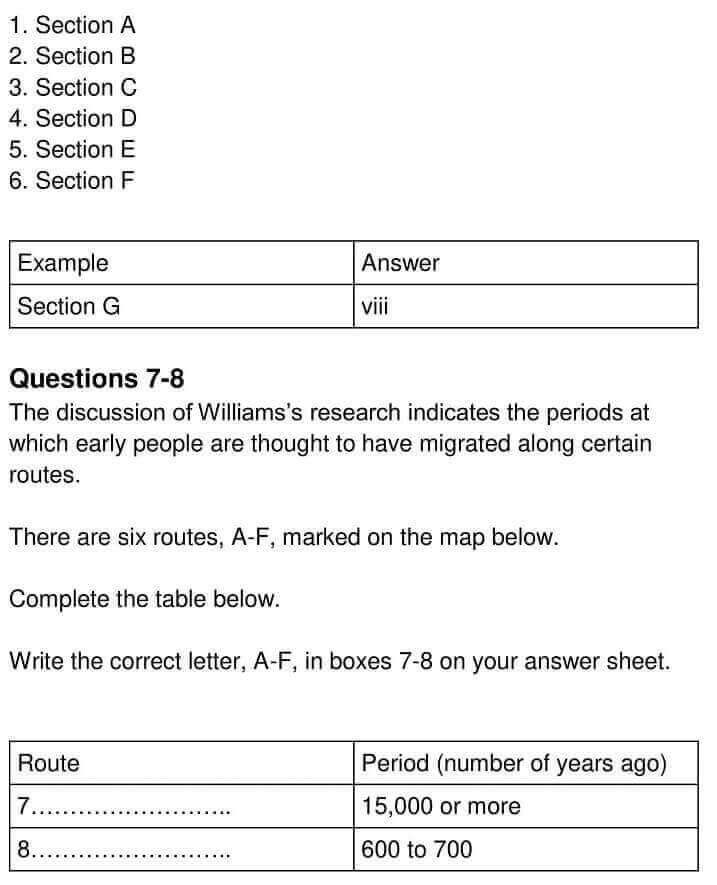
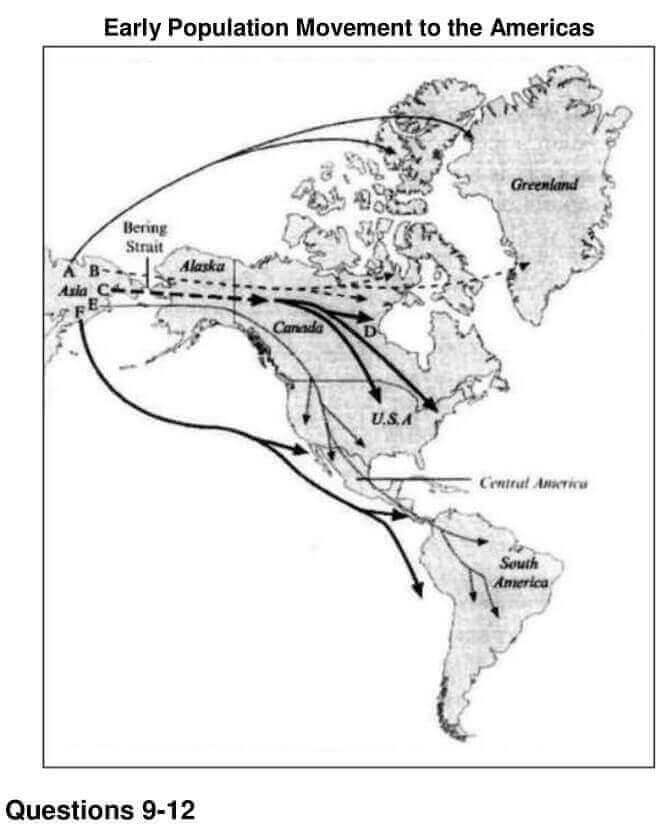
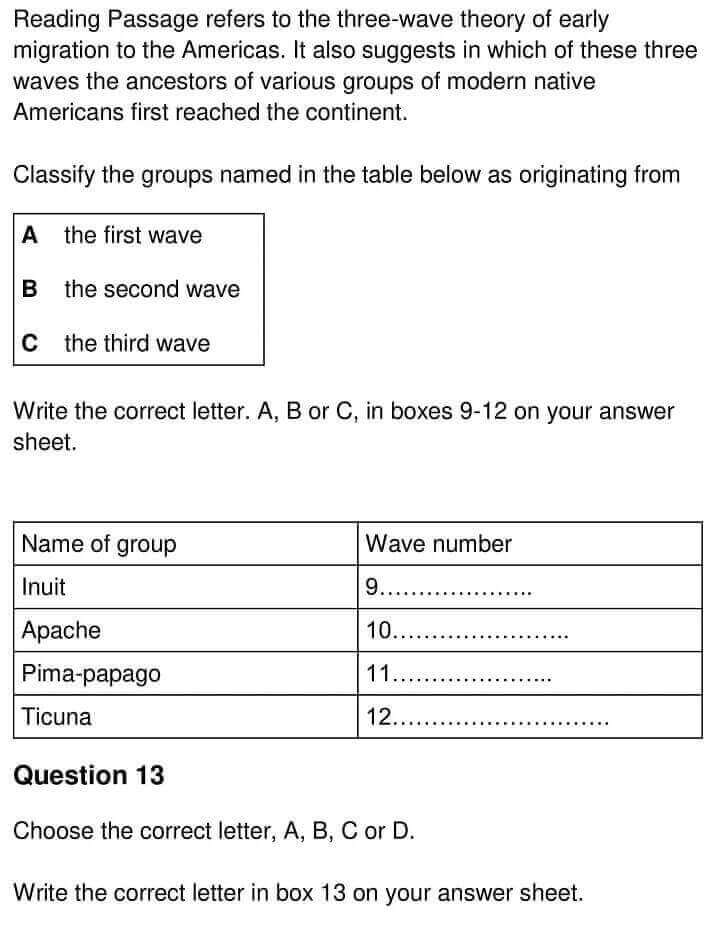

Answers
Unlock Answers
| Question number | Answer | Explanation |
| 1 | iv | Paragraph A mentions that study of the origins and distribution of human populations used to be based on archaeological and fossil evidence. After that, since the 1950s, a number of techniques developed have placed the study of these subjects on a sounder and more objective footing. So, there have been developments in the methods that were previously used to study early distribution or movements of the population. Hence, the answer is iv (Developments in the methods used to study early population movements). |
| 2 | vii | Paragraph B points out that using the developed methods answers to long-standing questions about prehistoric migration to America like when people first entered the Americas have been found. The answer is north-east Asia and Siberia have long been accepted as the launching ground for the first human colonisers of the New World. There are more questions like – was there one major wave of migration across the Bering Strait into the Americas, or several? And when did this event, or events, take place? – which are now being worked on. Hence, the answer is vii (Long-standing questions about prehistoric migration to America). |
| 3 | x | Paragraph C explains an important project by the biological anthropologist Robert Williams which focused on the variants (called Gm allotypes) of one particular protein -immunoglobin G – found in the fluid portion of human blood. By comparing the Gm allotypes of two different populations (e.g. two Indian tribes), one can establish their genetic ‘distance’, which itself can be calibrated to give an indication of the length of time (measures) since these populations last interbred (the closeness of the relationship between different populations). So, after analyzing the blood variants the closeness of the different populations (here, two Indian tribes) were found out. Hence, the answer is x (How analysis of blood-variants measures the closeness of the relationship between different populations). |
| 4 | i | Paragraph D lets out the fact that Williams and his colleagues sampled (research) the blood of over 5,000 American Indians in western North America (blood variants) during a twenty-year period. The result of the research is that they found (result) that their Gm allotypes could be divided into two groups, one of which also corresponded to the genetic typing of Central and South American Indians. Hence, the answer is i (The results of the research into blood-variants). |
| 5 | vi | Paragraph E states that geneticist Douglas Wallace has studied mitochondrial DNA in blood samples from three widely separated Native American groups (three-wave): Pima-Papago Indians in Arizona, Maya Indians on the Yucatán peninsula, Mexico, and Ticuna Indians in the Upper Amazon region of Brazil. So, through the genetic evidence studied by Wallace, we came to know about the three- wave theory. Hence, the answer is vi (Further genetic evidence relating to the three-wave theory). |
| 6 | ii | Paragraph F specifies that there are two other kinds of research that have thrown some light on the origins of the Native American population. They involve the study of teeth and of languages. The biological anthropologist Christy Turner, an expert in the analysis of changing physical characteristics in human teeth, argues that tooth crowns and roots have a high genetic component, minimally affected by environmental and other factors. Studies carried out by Turner of many thousands of New and Old World specimens suggest that the majority of prehistoric Americans are linked to Northern Asian populations by crown and root traits such as incisor shoveling, single-rooted upper first premolars and triple-rooted lower first molars. These are the different types of dental evidence discussed in paragraph F. Hence, the answer is ii (Dental evidence). |
| 7 | E | Paragraph D communicates that the first Paleo-lndian wave more than 15,000 years ago was ancestral to all Central and South American Indians. The path marked as E (a light single line that is divided into six smaller one as it moves toward the south) shows the movement starts from Asia, crosses the Bering Strait, moves through Canada, goes through Central America into South America. Hence, the answer is E. |
| 8 | D | Paragraph D intimates that the second wave, about 14,000-12,000 years ago, brought Na-Dene hunters who were the ancestors of the Navajo and Apache. They migrated south from Canada about 600 or 700 years ago. From the picture we can see that the Na-Dene hunters started from Asia, crossed the Bering Strait and stopped somewhere in Canada. But, they began to move from Canada to the southern portion about 600 or 700 years ago (which are the key words) Hence, the answer is D. |
| 9 | C | Paragraph D informs that Williams and his colleagues sampled the blood of over 5,000 American Indians in western North America during a twenty-year period and found that their Gm allotypes could be divided into two groups, one of which also corresponded to the genetic typing of Central and South American Indians. Other tests showed that the Inuit (or Eskimo) and Aleut formed a third group. Hence, the answer is C (the third wave). |
| 10 | B | Paragraph D refers to the fact that the second wave, about 14,000-12,000 years ago, brought Na-Dene hunters, ancestors of the Navajo and Apache
Hence, the answer is B (the second wave). |
| 11 | A | In paragraph D, it is indicated that the first Paleo-lndian wave more than 15,000 years ago was ancestral to all Central and South American Indians. Later, in paragraph E, it is given that Pima-Papago Indians in Arizona, as predicted by Robert Williams’s work, appear to be descended from the same ancestral (Paleo-lndian) population. Therefore it can be concluded that Pima- Papago, a descendant of Paleo- Indian group, belonged to the first wave. Hence, the answer is A (the first wave). |
| 12 | A | In paragraph D, it is revealed that the first Paleo-lndian wave more than 15,000 years ago was ancestral to all Central and South American Indians. Later, paragraph E brings out the fact that Ticuna Indians in the Upper Amazon region of Brazil, as predicted by Robert Williams’s work, appear to be descended from the same ancestral (Paleo-lndian) population. Therefore it can be concluded that Ticuna Indians in the Upper Amazon region of Brazil, a descendant of Paleo- Indian group, belonged to the first wave. Hence, the answer is A (the first wave). |
| 13 | A | In paragraph F, the author tells us that biological anthropologist Christy Turner is an expert in the analysis of changing physical characteristics in human teeth. Studies carried out by Turner of many thousands of New and Old World specimens, both ancient (prehistoric) and modern, suggest that the majority of prehistoric Americans are linked to Northern Asian populations by crown and root traits such as incisor shoveling, single-rooted upper first premolars and triple-rooted lower first molars. So, it can be said that he studied both prehistoric and modern American and Asian teeth samples. Hence, the answer is A (teeth from both prehistoric and modern Americans and Asians). |
Check More IELTS Reading Answers
Also check :
Practice IELTS Reading based on question types

Start Preparing for IELTS: Get Your 10-Day Study Plan Today!
Recent Articles

Nehasri Ravishenbagam

Haniya Yashfeen

Haniya Yashfeen

Haniya Yashfeen




Post your Comments